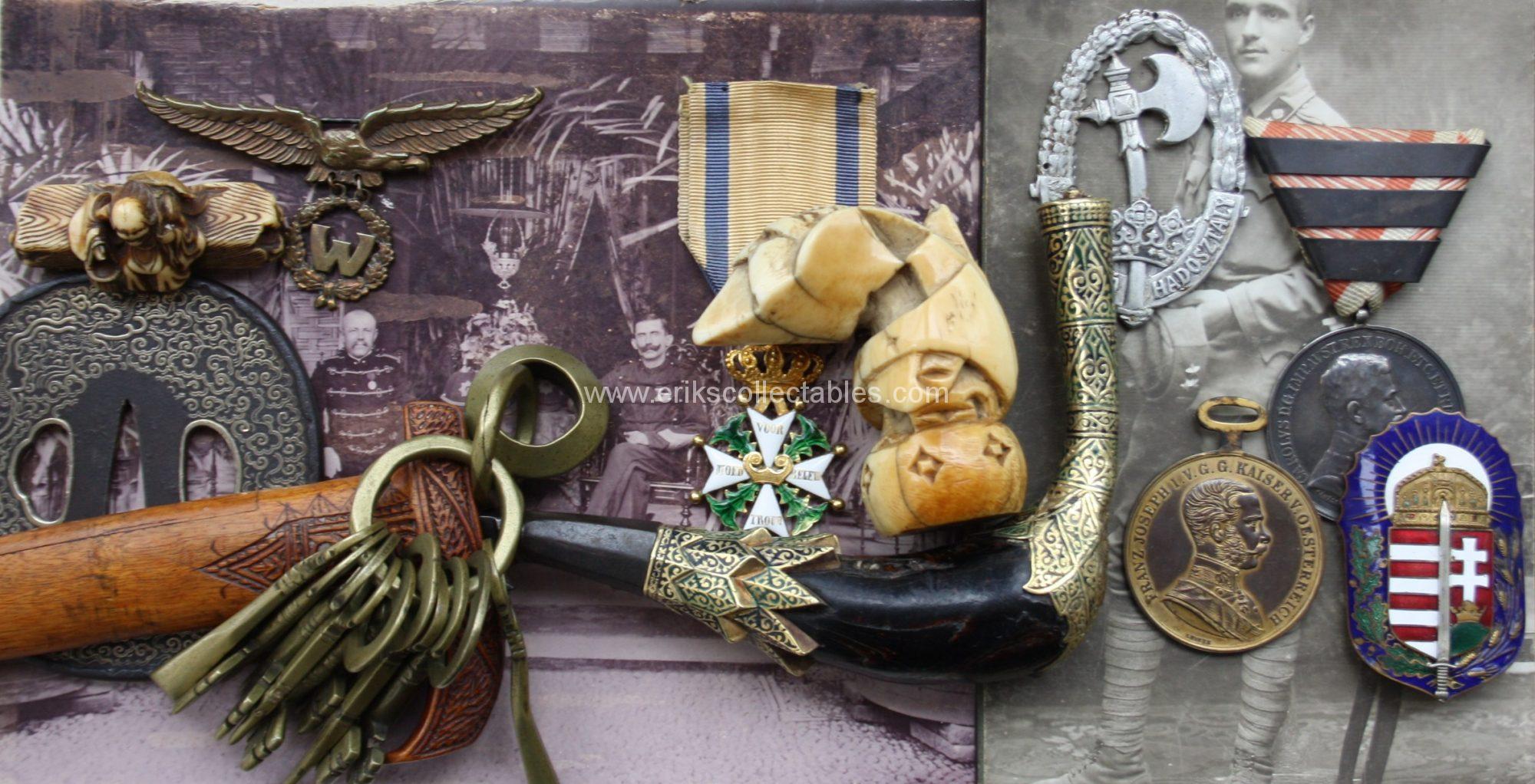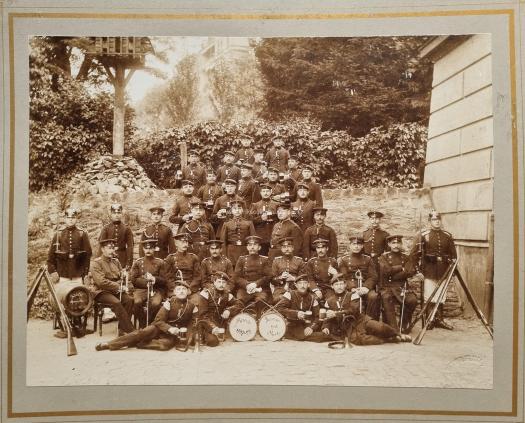The story behind the item is what makes it a “piece of history”. The wing I am about to discuss was advertised without the history but after buying it I asked the seller if there was any information and there was. It is indeed a piece of history. At this moment I am still researching and hope to extend the story soon.
The background is that this wing belonged to a Dutch Naval pilot in WW2. His name was Johannes Adrianus (Hans) Warning, born in 1911 in Amsterdam.
But why would a Dutch Naval pilot have a US Navy Aviator wing?


It turns out that Hans Warning was working in the Dutch East Indies in 1941. The war in the Netherlands had already been lost and war with Japan was looming for the Indies. Therefore the Navy located in the Indies would start a class for Reserve Officers, Training to become Aviators (Aspirant Reserve Officier Vlieger, AROV in short). This class consisted of 35 men and had not completed yet when the war against Japan started. All men of the class were evacuated to Australia to complete their training as Aviators for the Navy.
It turned out that the training could not be completed in Australia but was possible in the United States. The group went there and underwent training in different locations like Fort Jackson, Leavenworth and Corpus Christi.
Hans Warning would receive his US Navy Aviator wings on February 18th, 1943 in Corpus Christi which was also a Naval Air Force base and training center. Together with some other Dutch Naval Aviators like G. Manak whose wings (identical to this one, same maker and markings) is in the collection of another Dutch collector (Rob Vis).
In the story of Gerard Lugt, also part of the 35 men in the AROV class, referenced below there are some group pictures in which Hans Warning als might be present but I have not found yet a confirmed picture of him.
Photo’s from Traces of War, see link below.
At this moment I am further researching his activities during the war. It seems he went to England were most others from the AROV group would fly in the Pacific where many of the group would not survive the war.
Warning survived the war and had many important commercial shipping functions.
References:
The story of Gerard Lugt also in the AROV class on Traces of War
List of Dutch Aviators in the RAF and FAA in WW2
And with thanks to Rob Vis






































































































